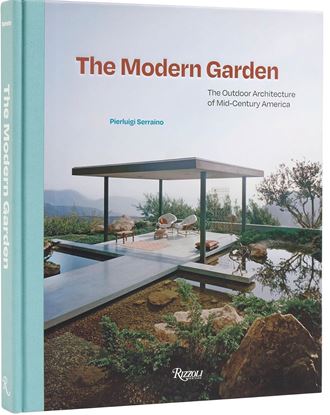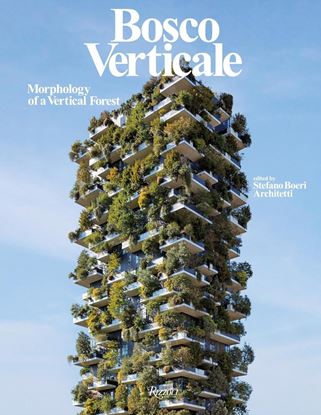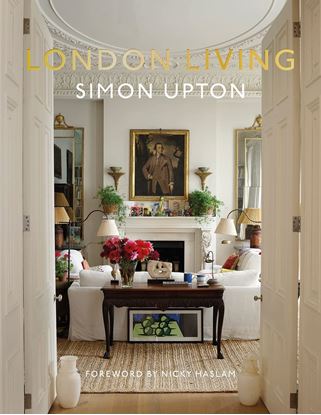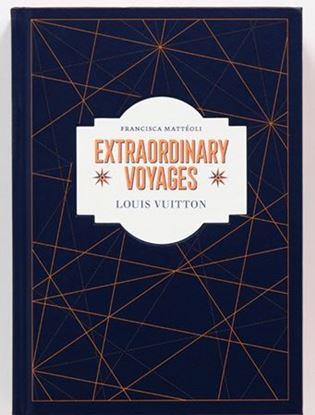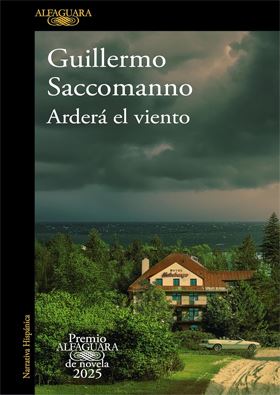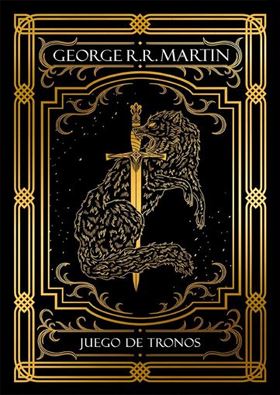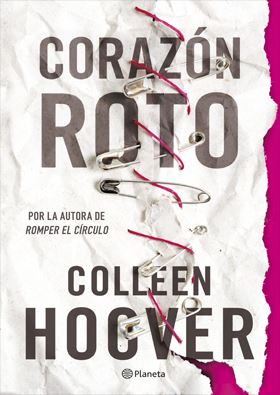

RICHARD MISHAAN DESIGN ARCHITECTURE
Richard Mishaan is renowned for his masterly integration of textiles, palettes rich in complementary shades, natural materials forged by artisans, surfaces bedecked with talismanic curios, a strategic sense of when and where to place a mirror, and a deep knowledge of both the fine and decorative arts. His many influences, including his upbringing in Colombia, coupled with his idiosyncratic perspective, explain why his sophisticated clientele return repeatedly as their lives evolve.
In Richard Mishaan Design, his working methods are revealed in projects as varied as the conversion of a 400-year-old barn in the Hamptons into a warm, inviting family home and the transformation of an ultra-modern, glass-walled New York City apartment into a comfortable yet sophisticated aerie. Here too are show houses, which he uses as experimental laboratories, working out such diverse design ideas as updating legendary designer Renzo Mongiardino’s aesthetic and achieving a chic look on a tight budget. He has also designed rooms in bespoke hotels, ranging from the Rat Pack–influenced Shelborne South Beach in Miami to the Tcherassi, a renovated 250-year-old mansion in Cartagena, Colombia.
4,800
WALT DISNEY, MICKEY MOUSE. THE ULTIMATE
On November 18, 1928, the world’s most famous mouse made his very first public debut. Today, we celebrate 90+ years of Mickey in one of the most expansive illustrated publications on the Disney universe. Starting with the first sketches of a character who was almost named Mortimer, we trace the career of Walt Disney’s and Ub Iwerks’s most famous creation, one met with an explosion of worldwide popularity preceded only by the earlier successes of Charlie Chaplin.
This edition is derived from the XXL book that was produced with unlimited access to Disney’s vast historical collections as well as public and private collections. The authors bring Mickey’s success story to life: concept art, story sketches, background paintings, and animation drawings as well as historical photographs trace the origins and evolution of such timeless favorites as Steamboat Willie, The Band Concert, and Brave Little Tailor. They also follow Mickey as he builds on this legendary library of short cartoons by appearing in two historic feature-length films, Fantasia and Fun and Fancy Free.
4,800
THE MODERN GARDEN
The treasures of mid-century American architecture have long been celebrated. Less appreciated has been the landscape design that provides the framing for these masterworks. But more than frame, landscape architecture is an art worthy of the spotlight, particularly at mid-century, when the notion that “gardens are outdoor spaces for people to live in” was championed and brought to the fore; now gardens and landscapes are not just external attributes to the house but a continuation of it and its living spaces in a relationship of symbiosis, with its pools and terraces, its winding lawns, and its partly enclosed room-like spaces flanked by brick or stone or plantings in a range of colors and forms.
4,900
BOSCO VERTICALE: MORPHOLOGY VERTICAL
From the outset, the concept developed by Stefano Boeri for a residential building in 2004 proved to be forward-looking as it anticipated the new frontiers of urban living. Ten years after its inauguration, the Bosco Verticale (Vertical Forest) has kept all its promises and launched a new way of imagining contemporary cities.
This book celebrates an architectural work that has become the symbol of a renewed collective sensibility toward care for the environment and the plant world. Edited by Stefano Boeri Architetti, it traces its entire history. “The Bosco Verticale is one of the few ‘living’ buildings whose life is still followed ten years later.” This was the inspiration behind the editorial structure of the volume, which is formed of three sections that evoke the growth of a tree: roots, trunk, and branches and leaves.
4,995
LONDON LIVING TOWN AND COUNTRY
Following the success of his first book, New York Interiors, Simon Upton turns to London—a city in which he has been based for most of his working life. Exploring an incredible range of homes in this vibrant city, Upton looks behind the scenes into the private spaces of creatives and influencers.
Presented in two parts, the book begins with “Town,” which is devoted to the homes of those who live solely in London, such as grandee of interior design John Stefanidis; House & Garden’s Interior Designer of the Year 2019, Maria Speake; industrial designer and architect Tom Bartlett; fashion designer Bella Freud; model Poppy Delevingne; and antiques dealer and interior designer Adam Bray. Then, “Country” showcases those who divide their time between London and a retreat in the British countryside, which includes names such as antiques dealers Jorge Perez-Martin and David Gibson, known together as Brownrigg; film director Gaby Dellal; and designer Jasper Conran.
Edited by interior design writer Karen Howes and featuring a foreword by iconic decorator and Upton’s friend Nicky Haslam, London Living reveals a series of unique locations, each illuminated by an interview in which the owner defines their true meaning of “home.”
4,995
LOUIS VUITTON. EXTRAORDINARY VOYAGES
The mid-19th and early 20th centuries heralded new means of transport and equipment and, with them, new and original ways of exploring the world. Transatlantic liners, automobiles, long-haul airplanes, zeppelins, and express trains unfurled new horizons and changed travel itself into an adventure. Distant lands were no longer solely accessible to aristocrats, explorers, and adventurers. Instead, the world opened up to new groups of people eager to circumvent the globe. And for many of these new globetrotters, traveling was synonymous with Louis Vuitton, the French label whose iconic and functional luggage trunks could be found on nearly every boat, plane, car, and train around the world.
In this beautiful book, author Francisca Mattéoli recounts 50 tales of thrilling travel undertaken in every possible mode of transit, from the hot air balloon to the space shuttle, each lavishly illustrated with more than 300 historical photographs and ephemera from Louis Vuitton’s official archives. Louis Vuitton: Extraordinary Voyages is a journey all its own—an evocative and transporting account of the most surprising and transformative trips taken since the 19th century.
4,995




